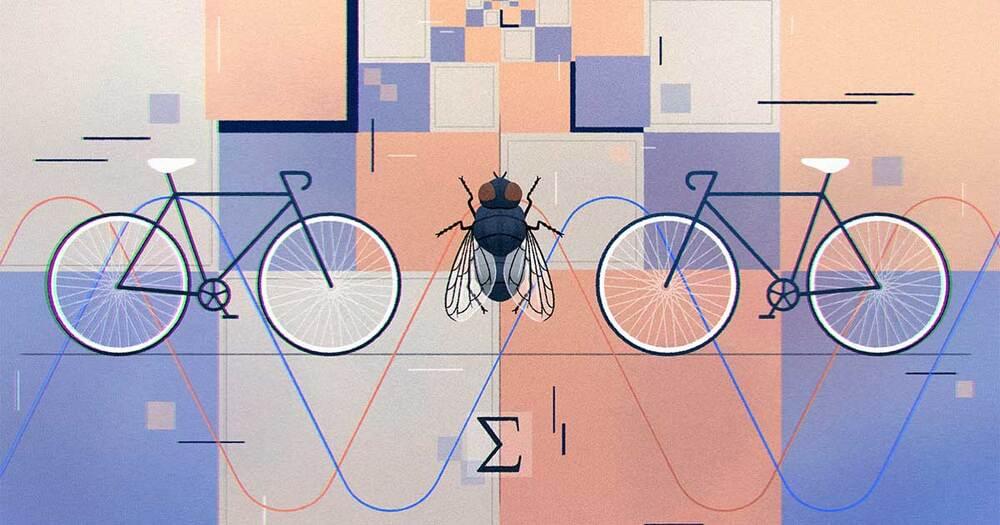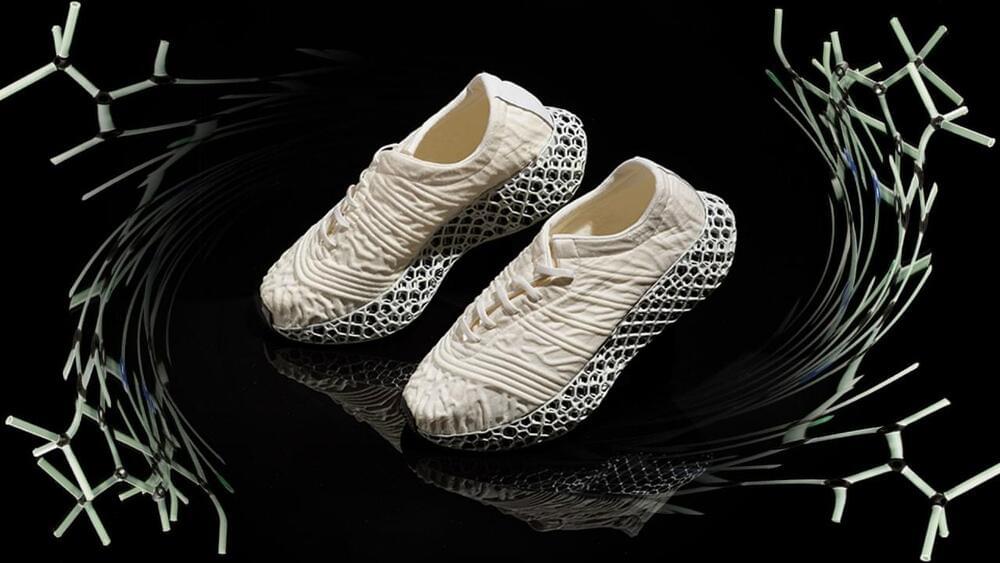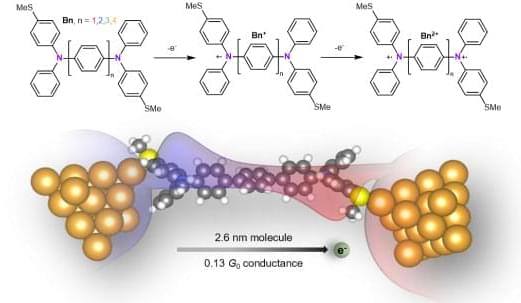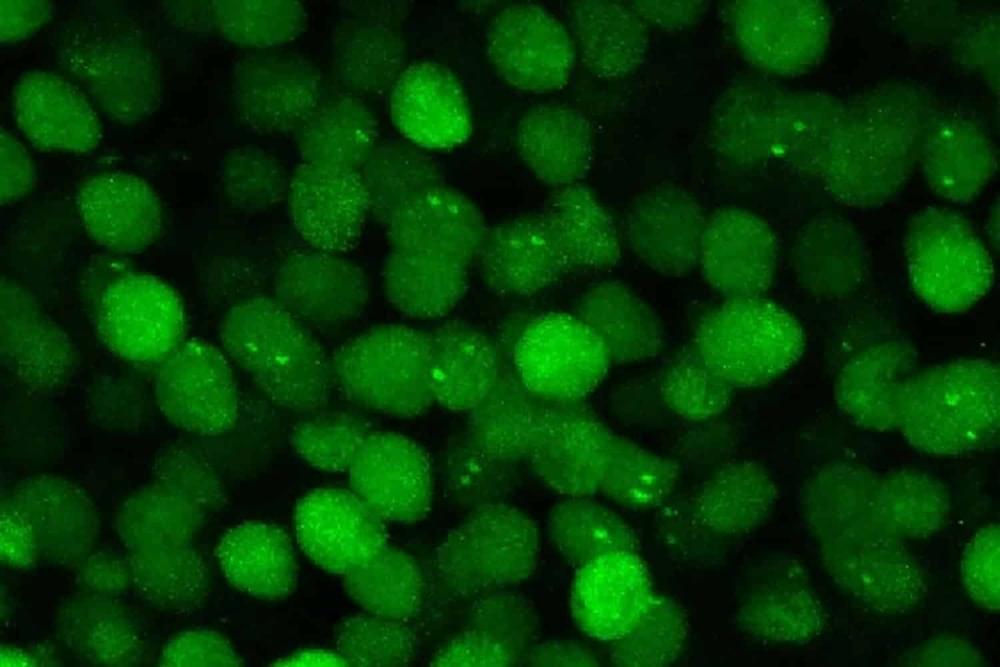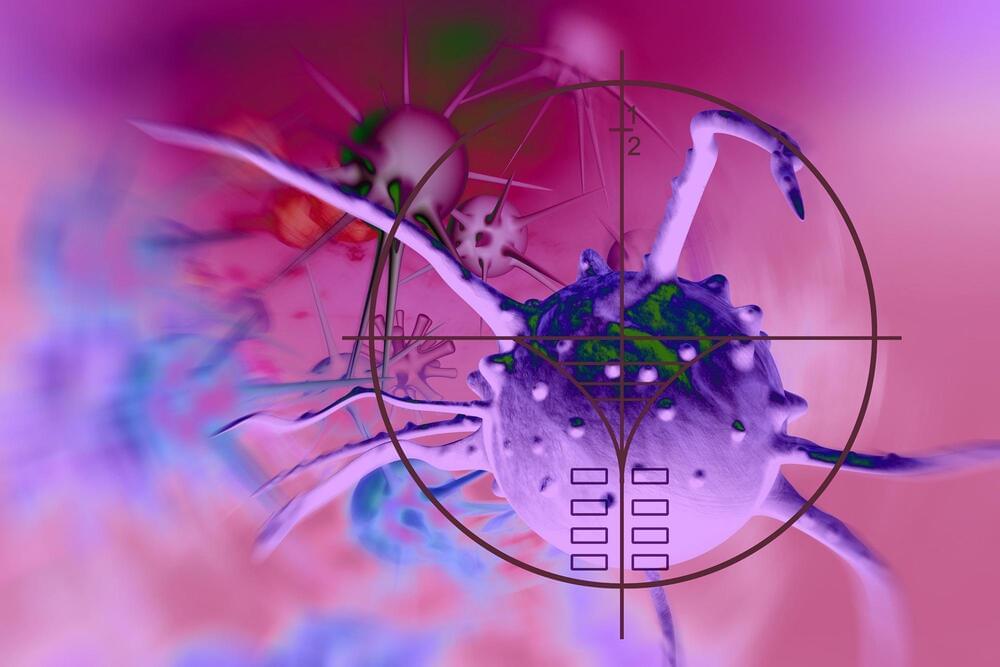As training regimes go, being forced to watch eight years’ worth of someone else playing Minecraft feels pretty harsh. When the revolution comes I fear OpenAI could be first against the wall after the Robot uprising after what it’s put its latest AI through in order to get it to play the standard version of Minecraft.
OpenAI neural network can now craft a diamond pickaxe off its own back. The detailed blog post on the OpenAI site explains how it managed to teach the network to play Minecraft, and it’s some fascinating stuff. Not least how, of those 70,000 hours of Minecraft gameplay footage, it paid $160,000 to a team of contractors to create and tag up 2,000 hours of footage with labels so the AI could understand what it was looking at and how that related to its actions in the game.
The method is called Video PreTraining (VPT) and it claims its model can learn to craft diamond tools, which it says takes a proficient human around 20 minutes.

